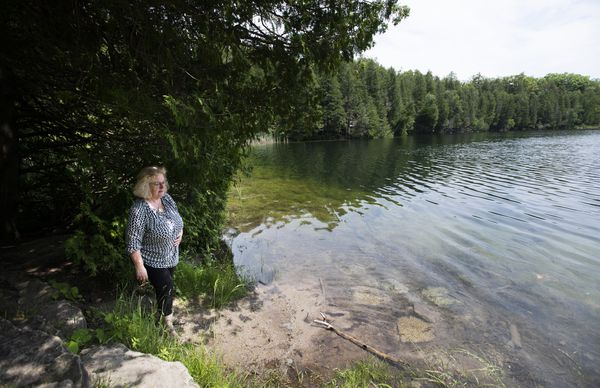Anthropocene Era Crawford Lake: Canada’s Symbol of Human Impact
Crawford Lake, a small and deep lake near Toronto, Canada, has gained a new significance. Scientists have symbolically chosen this site as the starting point of the Anthropocene era. This decision made at a conference in France.
Also marking the beginning of a geological period defined by human impact on Earth. The Anthropocene era Crawford Lake was selected over 11 other sites due to its unique ability to preserve the annual effects of human activity in its sediment layers.
Anthropocene Era Crawford Lake: A Geological Time Capsule
Crawford Lake, which is 29 meters deep and 24,000 square meters wide, is a geological time capsule. The sediments of this lake contain debris related to pollution, fuel burning, fertilizer use, and pesticides.
This makes the Anthropocene era Crawford Lake a living testament to humanity power as a significant geological force on the planet.
The Anthropocene era, derived from the Greek words for “human” and “new,” is believe to have started between 1950 and 1954.
This puts humans on par with the meteorite that crashed into Earth 66 million years ago. Which led to the extinction of dinosaurs and the beginning of the Cenozoic Era, or ‘the age of mammals.’

However, while the meteorite started a new era, scientists suggest that humans only started a new epoch. Which is a smaller geologic time period. The Crawford Lake serves as a stark reminder of this transition.
The Anthropocene era Crawford Lake serves as a stark reminder of the urgent need for environmental awareness and action. Geologists measure time in eons, eras, periods, epochs, and ages.
The scientific working group suggests that the Anthropocene Epoch followed the Holocene Epoch. Which started about 11,700 years ago at the end of the ice age. The Crawford Lake, with its preserved layers of sediment, stands as a testament to this transition.
As we move forward into the Anthropocene era, Crawford Lake stands as a symbol of humanity’s impact on the planet. It serves as a reminder of our responsibility to the environment and the need for sustainable practices.
The future of our planet depends on our actions today, and the Anthropocene era Crawford Lake is a stark reminder of this fact.





